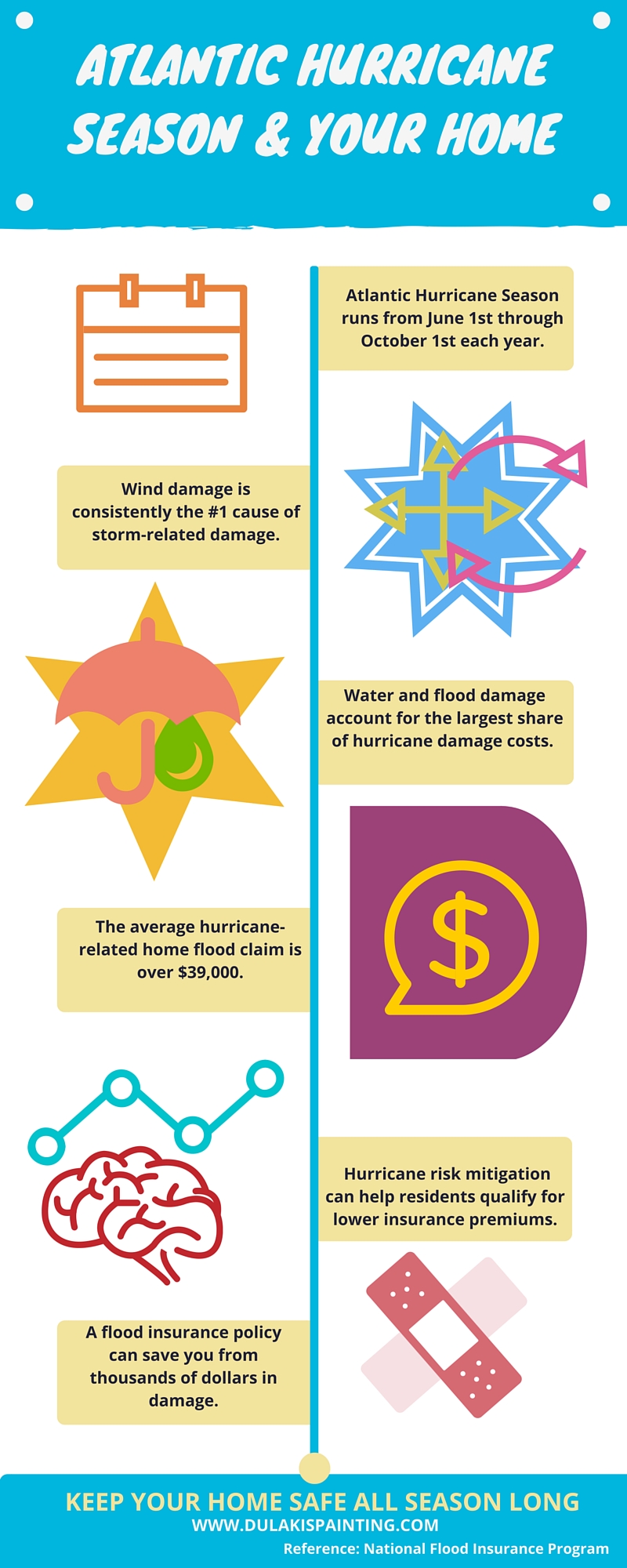Elements To Think About For Commercial Outside Paint By Period: Necessary Info You Ought To Have
Elements To Think About For Commercial Outside Paint By Period: Necessary Info You Ought To Have
Blog Article
Post Composed By-Burnham Whalen
When you're planning an industrial exterior paint project, seasonal factors can make or break your results. You'll intend to consider just how temperature level and moisture effect paint application and drying times. Selecting the ideal period can ensure your paint sticks effectively and lasts much longer. However which seasons are really the most effective for this kind of job? Allow's check out the crucial elements that can impact your project's success.
The Effect of Temperature Level on Paint Application
When you're planning a business outside paint job, the temperature level can dramatically affect exactly how well the paint sticks and dries out.
Preferably, you want to repaint when temperature levels range between 50 ° F and 85 ° F. If it's also chilly, the paint might not cure correctly, bring about concerns like peeling or splitting.
On the other side, if it's also hot, the paint can dry out too swiftly, preventing appropriate attachment and causing an uneven coating.
You need to additionally think about the time of day; morning or late afternoon supplies cooler temperature levels, which can be a lot more favorable.
Always examine exterior painting near me for the certain paint you're using, as they usually offer advice on the ideal temperature array for optimal results.
Humidity and Its Impact on Drying Times
Temperature level isn't the only ecological variable that affects your business outside painting job; humidity plays a substantial function as well. High humidity degrees can slow down drying out times substantially, influencing the overall quality of your paint task.
When the air is filled with dampness, the paint takes longer to treat, which can bring about concerns like inadequate bond and a higher threat of mildew growth. If you're repainting on an especially moist day, be prepared for extensive delay times in between layers.
It's crucial to monitor regional climate condition and strategy appropriately. Preferably, aim for humidity degrees in between 40% and 70% for optimal drying out.
Maintaining official source consider mind guarantees your task remains on track and supplies a lasting finish.
Best Seasons for Commercial Exterior Paint Projects
What's the most effective time of year for your business outside painting tasks?
Spring and very early loss are normally your best choices. During these periods, temperatures are mild, and humidity degrees are often lower, producing optimal conditions for paint application and drying out.
Prevent summer's intense heat, which can trigger paint to dry as well quickly, causing poor adhesion and coating. Likewise, winter's cool temperatures can prevent correct drying and healing, taking the chance of the durability of your paint job.
Go for days with temperature levels in between 50 ° F and 85 ° F for ideal results. Bear in mind to inspect the neighborhood weather report for rain, as damp problems can destroy your job.
Planning around these variables guarantees your painting project runs efficiently and lasts much longer.
Final thought
In conclusion, planning your commercial external painting projects around seasonal considerations can make a significant distinction in the end result. By scheduling job throughout the perfect temperature levels and humidity degrees, you'll ensure better adhesion and drying out times. Bear in mind to keep an eye on local weather report and pick the right time of year-- springtime and early autumn are your best bets. Taking these steps will help you achieve a long lasting and specialist coating that lasts.
